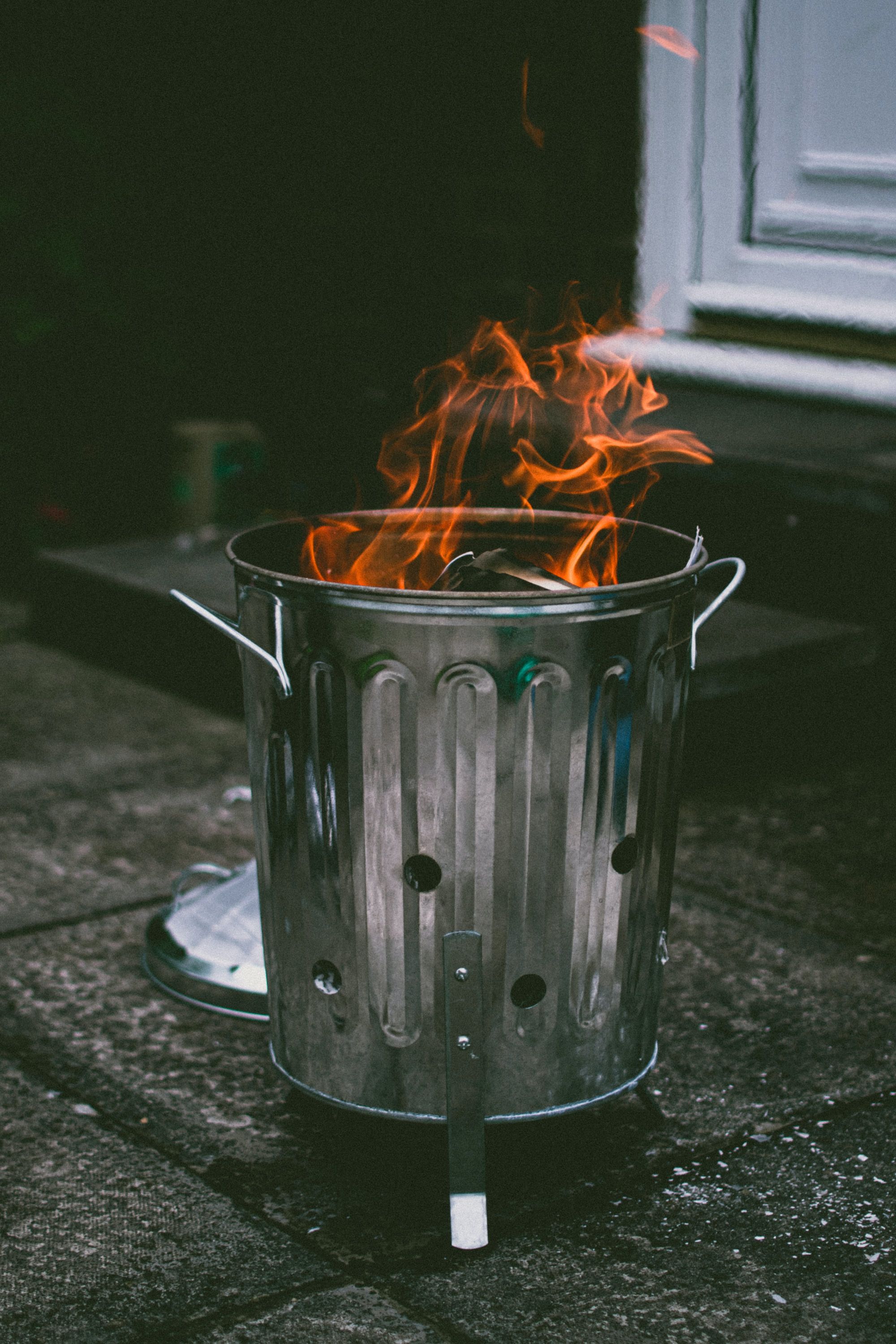
Wait! Don't Trash that Script
As I read screenwriting newsletters, I’m amazed at the number of “lifeboat” articles that target writers who get so intimidated by the writing process that they’re drowning in self-doubt, indecision, frustration. The joyful fist pumps and happy dances brought on by typing that first THE END have transformed into anxiety attacks, writer’s block, and the serious contemplation of entirely different creative outlets.
Adding to the writers’ despair is the vocabulary used in these well-intentioned lifeboat articles. You’ve got the dreaded synopsis, the vomit draft, the horror of the blank page. And you’ve got survival tips for how to handle devastating feedback, overwhelming rejection. Sadly, when your dream is floundering, these high-powered, negative modifiers often flood your memory and drown out any helpful tips.
It’s like being tossed a concrete life ring.
Making things worse, these articles usually dangle access to the ever-elusive, career-defining next level. Unfortunately, none of them can tell you how many levels there are, or what specific level your script is at. As with any art, it’s too subjective.
No wonder so many writers (new and experienced) end up running around, looking for walls to bang their heads against.
But padded helmets are not the answer.
The better way is to figure out what caused the writer’s transformation from elation to paralysis, then get back to that place that initially inspired their creative impulse.
As a writer and an instructor, I believe the culprit behind the change from Woo-hoo! to Dammit is the shift in the writer’s focus. Once your first or first few stories are done, most writers want to tell better, more powerful stories. Which is great. Not unexpected. A natural part of the growth process. And one that leads to trying to utilize the ba-zillion bits of advice, tricks of the trade, screenwriters’ secrets, yada, yada. No topic is left uncovered.
Which is helpful, except information overload also intensifies the anxiety issue. Your laudable desire to improve has you caught up in a stomach-churning tsunami filled with innumerable script must-haves.
Okay. Maybe only half a ba-zillion, but enough that you’ve got checklists stapled to your checklists.
Trust me. It’s this wall of checklists that keeps you from writing. Your desire to improve has stymied your progress. You need to be rescued. You need to get back to the joy.
But how?
Be your own lifeboat.
What?
Stash the checklists. Put the technical stuff on hold. Get. Back. To. Storytelling.
I can hear the moans! You’re thinking how can I get back to storytelling? I’m blocked. Stymied. I’ve got nothing.
Actually, that’s not true. You’ve got your early scripts. Or hopefully an early draft of the script you’re currently struggling with. And I firmly believe if you dive deep into these early efforts, you’ll find stories that were so pure, so raw, so powerful that they left you no choice but to tell them.
These are the stories you couldn’t deny. They got you into screenwriting.
What I’m saying is, your early stories came straight from your soul, unfettered by must-have checklists. They meant something. A lot. Now that you’ve improved your storytelling skills, find the nuggets in your early scripts. Develop them. Bring them to life.
During the process, I bet you’ll discover that you’re a much better storyteller than you’re giving yourself credit for. You just didn’t have the screenwriting tools you needed to express yourself.
You’ve probably heard that writing is a process. Well, learning is a process, too. You don’t need to learn everything before you do anything. It’s okay to put the books, seminars, and articles on hold while you rediscover your joy. Jump back into your early work. Make it better. Take it to the proverbial next level. Save yourself. Let your early work be your lifeboat.
Which brings me to the title of this article: “Wait! Don’t Trash That Script!” Without getting too philosophical or artsy or religious, I’d definitely advise that you hang onto your early drafts, first works, scribbles in notebooks. There’s often a striking purity and/or truth in emotional gushes that haven’t been polished to death. Once your skills as a screenwriter have improved, these nuggets can be mined and put in a new world. Or maybe you’ll opt for a page-one rewrite of what you now consider an embarrassingly awful first draft.
Either way, emotional truths are the essence of great screenwriting. Don’t throw yours away!
As a corollary, I want to mention the much heard “kill your darlings” shouldn’t mean tossing them or hitting the Delete button. If a character is unique or iconic enough to earn darling status, then they should be saved, temporarily relocated until you’ve created a new story for them. If you listen closely enough, characters this strong will often tell you where they need to be.
In closing, I want to stress that screenwriting, like all the arts, is highly subjective. Even though you may get honest advice from someone you totally trust, it’s still an opinion.
As William Goldman said about Hollywood, “Nobody knows anything.” Learn all you can but trust your instincts.
And if you want to make sure you’ll be able to continue writing the next day, don’t quit with a scene all buttoned up. Quit with a car catapulting off a cliff, high above the ocean … or a bleeding woman with a laser pistol walking through a door …
Write on!
*Photo by Lisa Fotios (Pexels)

